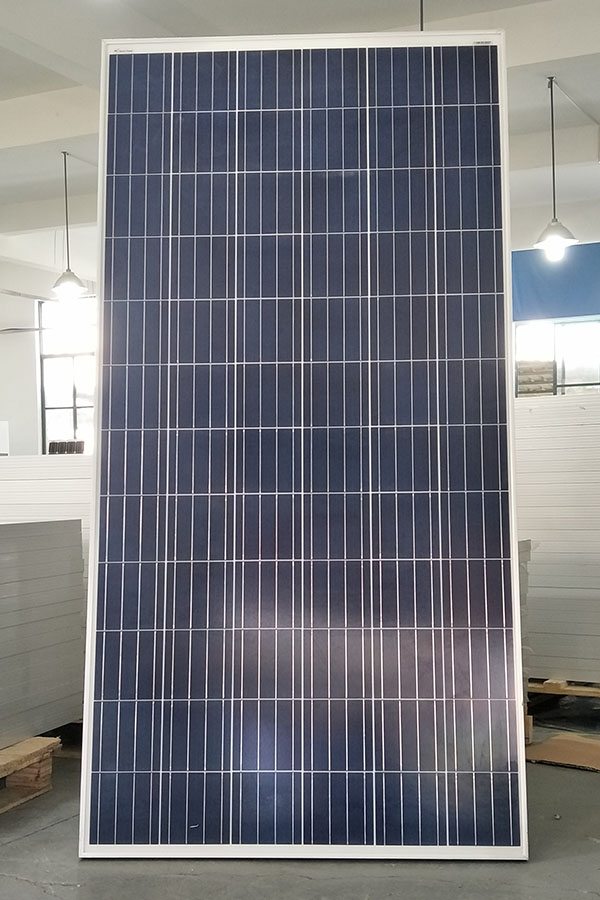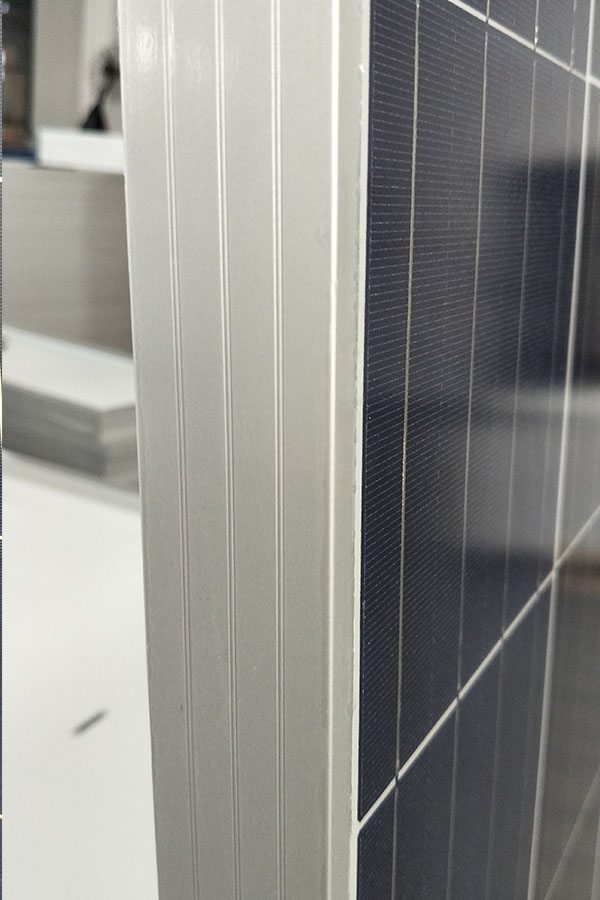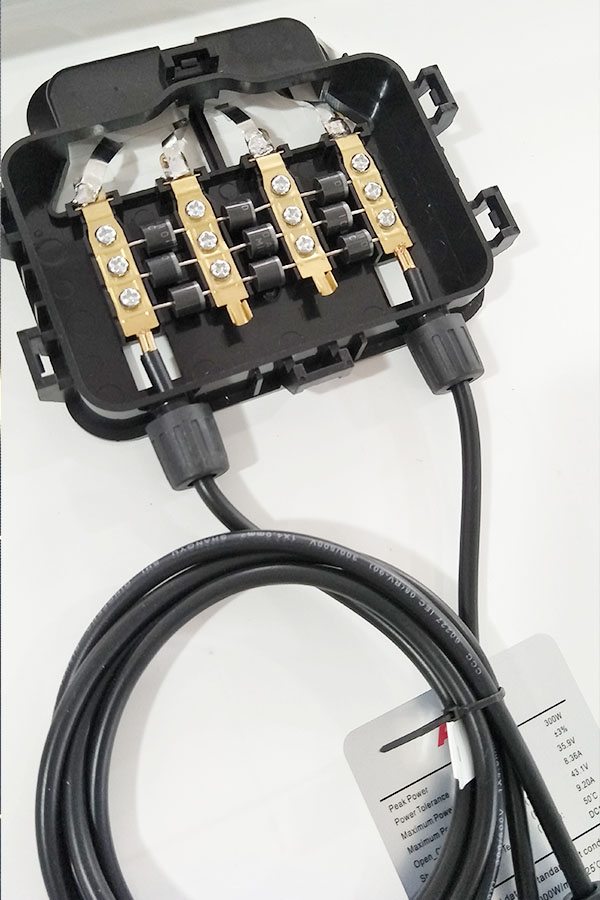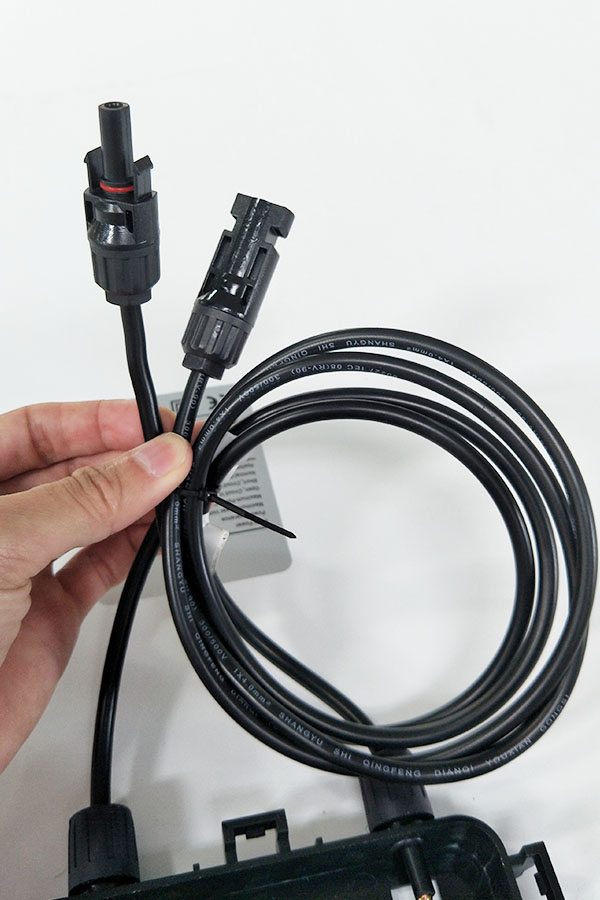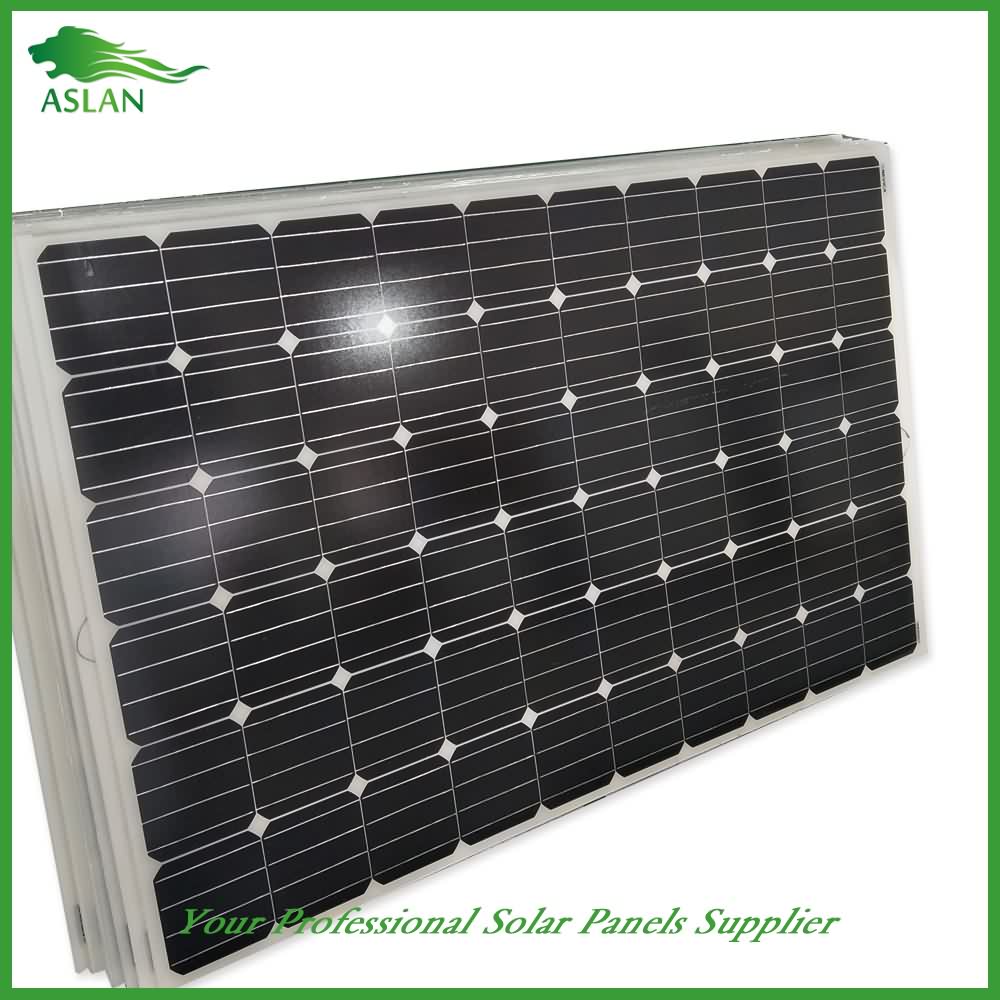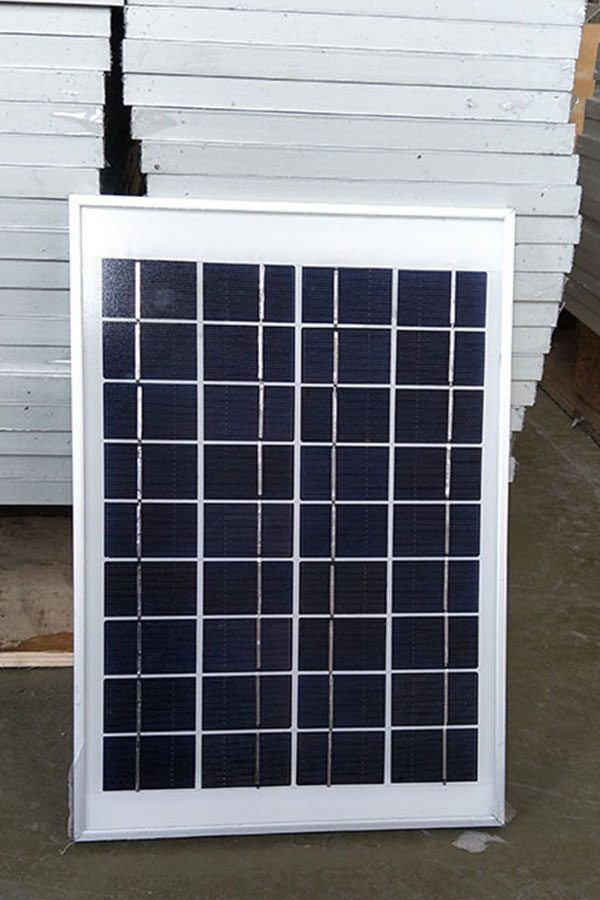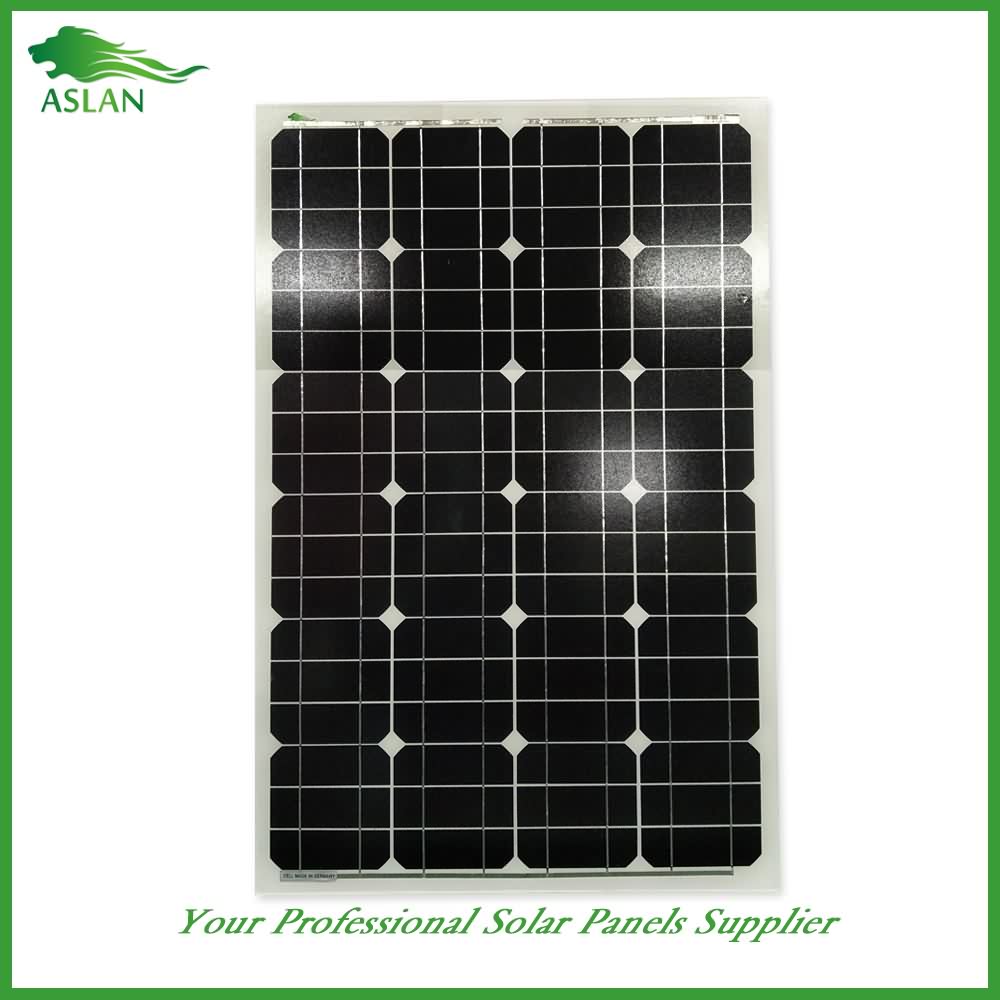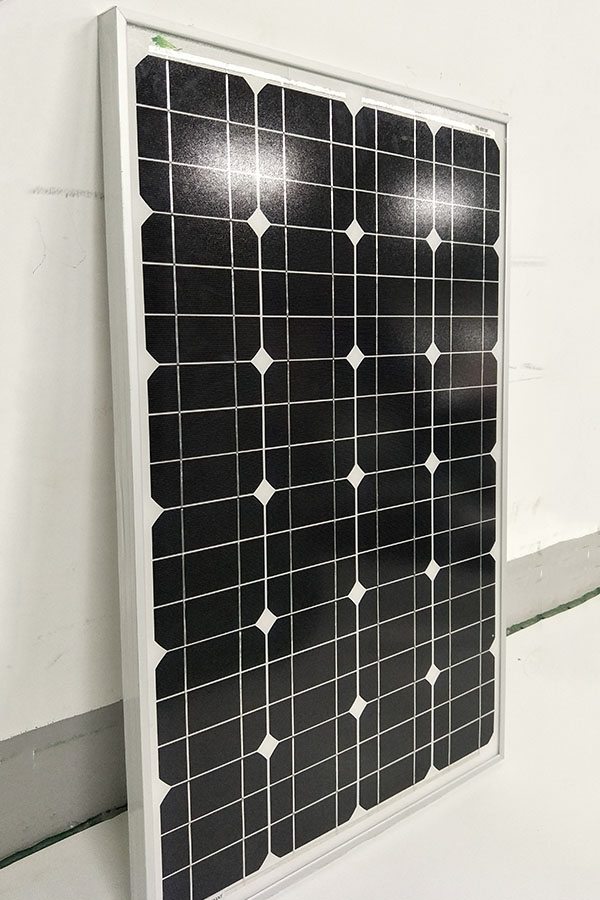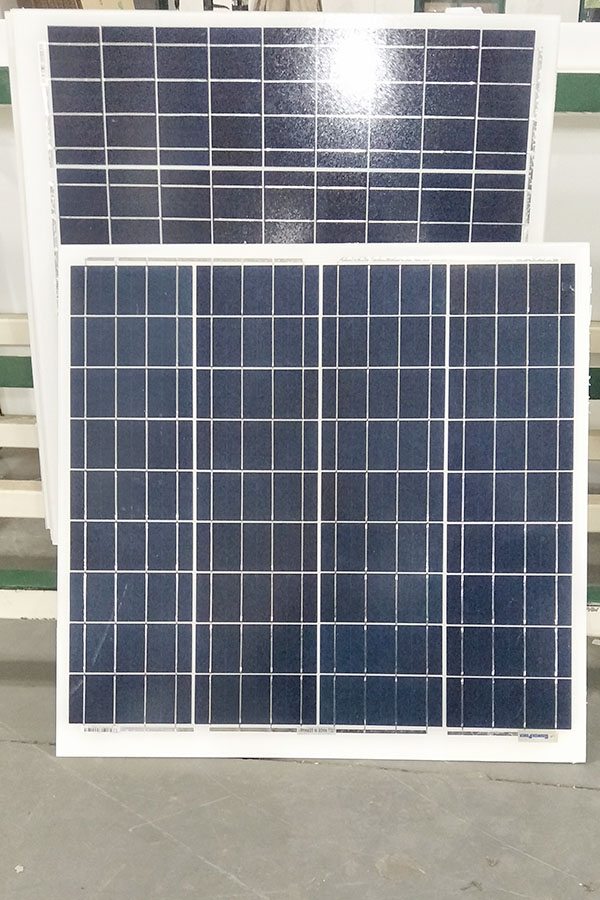9 Years manufacturer Poly-crystalline Solar Panel 300W Manufacturer in Detroit
Short Description:
We have a highly efficient team to deal with inquiries from customers. Our goal is "100% customer satisfaction by our product quality, price & our team service" and enjoy a good reputation among clients. With many factories, we can provide a wide range of 9 Years manufacturer Poly-crystalline Solar Panel 300W Manufacturer in Detroit, Our final goal is "To try the best, To be the Best". Please feel free to contact with us if you have any requirements.
Poly-crystalline Solar Panel 300W
Technical parameter
Maximum Power(W) 300W
Optimum Power Voltage(Vmp) 37.15V
Optimum Operating Current(Imp) 8.08A
Open Circuit Voltage(Voc) 45.30V
Short Circuit Current(Isc) 8.87A
Mechanical Characteristics
Cell Type Poly-crystalline 156x156mm (6 inch)
No of Cell 72 (6x12pcs)
Dimensions 1956x992x50mm
Weight 22.5Kg
Front Glass 3.2mm,High Transmission, Low Iron,Tempered Glass
Junction box IP65 Rated
Output Cable TUV 1×4.0mm2/UL12AWG,Length:900mm
Temperature and Coefficients
Operating Temperature(°C): -40°C ~ + 85°C
Maximum System Voltage: 600V(UL)/1000V(IEC) DC
Maximum Rated Current Series: 15A
Temperature Coefficients of Pmax: -0.47%
Temperature Coefficients of Voc: -0.389%
Temperature Coefficients of Isc: 0.057%
Nominal Operationg Cell Temperature (NOCT): 47+/-2°C
Materials of solar panel
1).Solar Cell——Poly-crystalline solar cell 156*156mm
2).Front Glass——-3.2mm, high transmission, low iron, tempered glass
3).EVA——-excellent anti-aging EVA
4).TPT——-TPT hot seal made of flame resistance
5).Frame——anodized aluminum profile
6).Junction Box——-IP65 rated, high quality, with diode protection
Superiority: high quality anodized aluminum frame, high efficiency long life, easy installation, strong wind resistance, strong hail resistance.
Features
1. High cell efficiency with quality silicon materials for long term output stability
2. Strictly quality control ensure the stability and reliability, totally 23 QC procedures
3. High transmittance low iron tempered glass with enhanced stiffness and impact resistance
4. Both Poly-crystalline and Mono-crystalline
5. Excellent performance in harsh weather
6. Outstanding electrical performance under high temperature and low irradiance
Quality assurance testing
Thermal cycling test
Thermal shock test
Thermal/Freezing and high humidity cycling test
Electrical isolation test
Hail impact test
Mechanical, wind and twist loading test
Salt mist test
Light and water-exposure test
Moist carbon dioxide/sulphur dioxide
The conductive ink industry is still in search of the next big thing. Indeed, the prevalent strategy is now to have as broad a product portfolio as possible, seeding multiple nascent markets, garnering as much as customer feedback as possible, and establishing value networks early on. In this webinar we will discuss the latest developments in the following sectors whilst outlining the latest product/material innovations:
In-mould electronics (IME)
Printed transparent conductive films
EMI shielding
Electronic textile (e-textiles)
Conformable printing
Printed transistors and memory
Automotive
Touch screen edge electronic
Photovoltaics (PV)
Stretchable inks beyond electronic textiles
3D printed electronics (3DPE)
Printing PCB
Large-area LED lighting arrays
Large-area sensing arrays
Register for the webinar below:
http://www.idtechex.com/research/webinars/conductive-inks-trends-to-watch-in-2017-00099.asp
First prototypes. Today’s testing condition at 10-10:30 atlantic meridian. Hazy/Smoggy. Friday, August 19th, 2016. Temperature: 70-80f Humidity -50-60%
I built these in the summer/fall of 2013, they were originally intended as part of a 300+ watt array for an immediate install atop a vintage travel camper.
Now of course in engineering there are setbacks (or rather diy construction), there’s always a thomas edison cum-faced napoleonic asshole dispensing his squad of ignorant mafioso muscle men who threaten your life when you’re making and ruin your mojo for compounding projects. “Ignorance is bliss when it is folly to be wise and you’re a giant fucking ignorant lummox of a mafia goomba, said mr greenhouse gases to mr sustainability. Hiya tootz.. I mean sir.. Please drive your would be pittsburgh steel pick-up truck into a flooded river and get the fuck out of the teamsters union.
[You must use a “crafting” iron or an old soldering iron that will reach less than 700. A new one with 900-1000+ WILL easily burn through cells. Even if you’re a skilled technician, but due to the pressing involved, you really need a cooler iron. This is no circuit board. I’ve never soldered so much on one project.}
The intent is the lightest possible rigidity per cell without using a liquid resin for superior power:weight. The lexan is 2-3x lighter than glass of equal strength. Slightly less clarity over time, minor loss of voltage of lumens per square inch of illumination overall, but the performance matched the math in concept. Being that I live in a winter climate for other use, there is less heat warp as well as an increased voltage output in the cooler temperature. The losses are negligible relative to a desert environments’ heat soak losses.
10:30am October 2013, on a sunny clear crisp day they both produced 12-13+volts and the stronger panel hit 3.85 amps respectively with 20 cells. Individually they each weigh possibly lighter than 3 pounds. Noticeably lightweight for the output.
cells were not perfect and have minor laminate defects.
The camper is gone, and they weren’t stowed properly for (wow, years now) my cat dropped one. They still produce over 10v, so in series will still (as a pair) trickle charge 12v or 6v DC… etc. In the next video I’ll show how to make use of broken cells. Even the tiniest pieces still produce voltage no matter the mosaic. Pretty cool! 0 pollution. der cough cough+_sol
Now they will be used for an upcoming Super secret. Just don’t shake them assholes! There’s lot’s of math that’s involved…
LoL gasoline.
